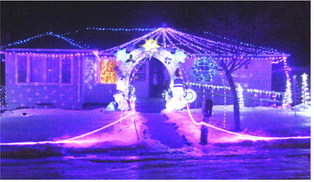All But Seven Counties Join Mill Case
This story is adapted from the MT Lowdown, a weekly newsletter digest containing original reporting and analysis published every Friday. It was originally published under the title “The Viz.”
According to information supplied this week by the Montana Association of Counties, 49 of Montana’s 56 counties have chosen to buck a directive from the administration of Gov. Greg Gianforte by scaling back their collections of a state-level school funding property tax.
The dispute stems from differing interpretations about how a local tax cap law applies to the tax, which produces revenue to help the state balance funding between tax-base-rich and tax-base-poor districts. The situation has now produced multiple cases pending before the Montana Supreme Court.
Those 49 counties will levy 77.9 mills of school equalization tax for 2023, as opposed to the full 95 mills ordered by the Montana Department of Revenue. The association tally indicates that only Broadwater, Deer Lodge, Glacier, Madison, Meagher, Teton and Toole counties will levy the full amount.
County officials, Gianforte administration officials and education advocates have spent weeks debating what’s allowable under the tax cap law, with the interpretation favored by most county officials contradicting how state officials have handled the school tax for decades.
The uncertainty has put county officials in a position where they have to choose whether to collect the lower amount, running the risk that a court order eventually forces them to send a supplemental tax bill, or alternatively collect the full 95 mills, which could put them at risk of litigation brought by taxpayers who believe they’re being overcharged.
The Montana Quality Education Coalition, which represents school boards, the state’s teachers union and other education advocates, filed suit against counties at the Montana Supreme Court Oct. 11.
In their lawsuit, education advocates argue that the lower collections would leave a $160 million gap in the two-year education budget approved by this year’s Montana Legislature and ask justices to issue an order requiring counties to collect the full 95 mills. County officials who favor the lower collection level have said they believe the state General Fund, which has been running a surplus in recent years, can readily cover the difference.
The Montana Association of Counties announced this week that it has filed its own lawsuit before the high court. Naming the state and Gianforte’s revenue department as defendants, that lawsuit asks the court to rule that the state can’t legally order the collection of the full 95 mills.
